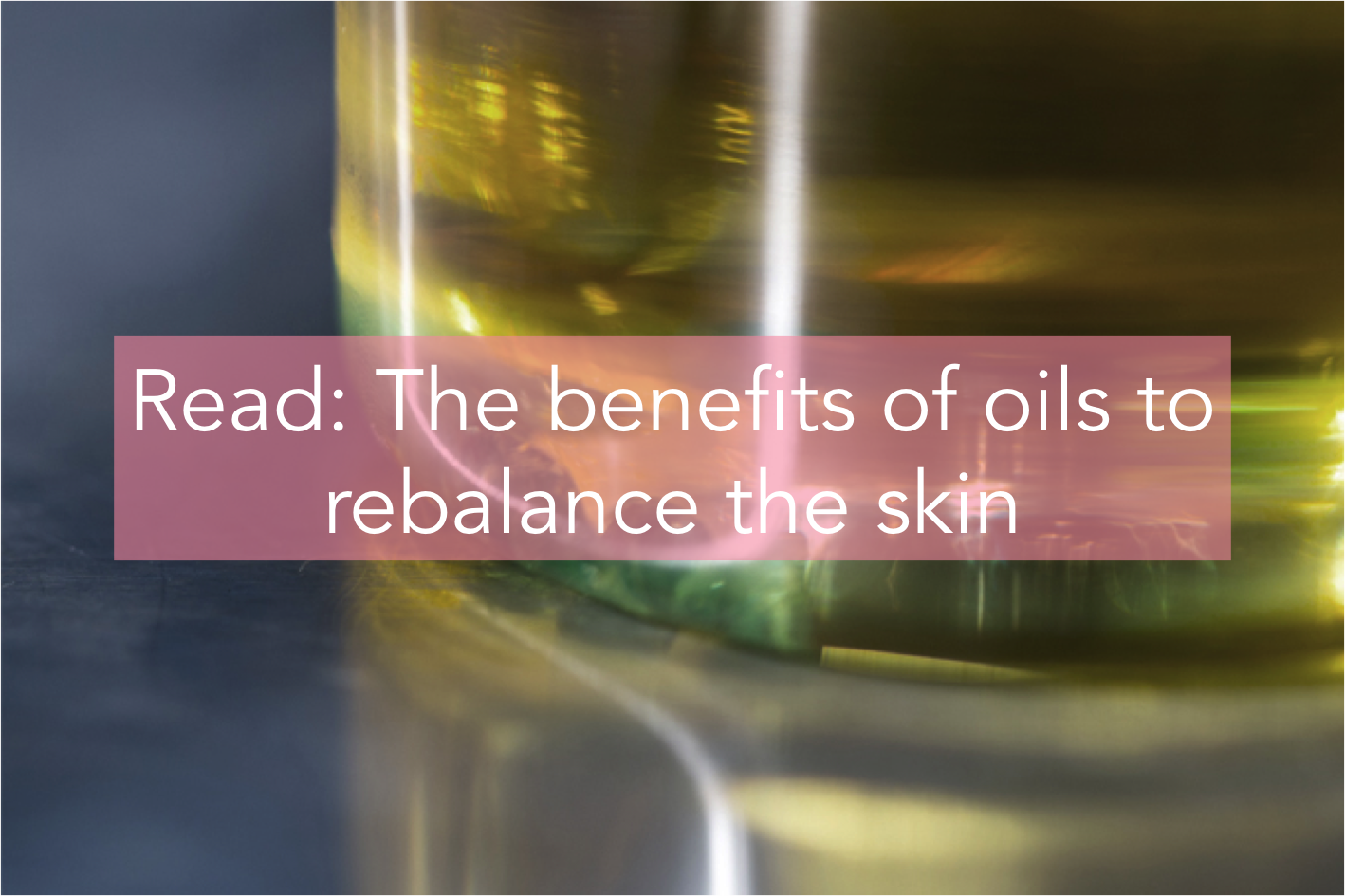Acne prone skin
Acne is a multifactorial skin condition caused by an inflammatory disorder of the pilosebaceous unit. It mainly affects adolescents (80%) but also increasingly adults (43% of adults in their thirties suffer from acne), especially women. Acne negatively impacts the well-being, morale and self-confidence of teenagers but even more so in adults.
The pilosebaceous unit: function and maturation
Acne is defined as an inflammatory disorder of the pilosebaceous unit, mainly on areas where its glands are present in large quantities such as on the face, chest or back.
The pilosebaceous unit consists of two entities: the sebaceous gland, responsible for the synthesis and secretion of sebum, and the hair follicle.
Sebum is synthesized and excreted by specialized cells (sebocytes) and constitutes the protective hydrolipidic film covering the skin and hair, thus protecting them from dehydration.
At birth, the newborn has immature pilosebaceous glands that produce very little sebum. Baby’s skin is therefore much drier and more sensitive than an adult’s skin.
During the months and years following birth, the sebaceous gland matures and produces sebum normally. During adolescence, the hormonal system comes into play and will disrupt this system.
Acne, a multifactorial skin disease
In adolescence, the production of androgen hormones like testosterone and dihydrotestosterone will stimulate the sebocytes which will then synthesize and excrete more sebum. Besides this overproduction of sebum, its composition is also different. Acne sebum is deficient in linoleic acid.5 Linoleic acid plays an important role in skin health. It is a fatty acid with antimicrobial properties that helps the skin microbiota fight skin infections caused by pathogenic microorganisms. A deficiency in linoleic acid in the sebum also causes a deterioration of the skin’s barrier function and therefore an increase in inflammatory phenomena.
In parallel with the deregulation of the production and quality of sebum, a deregulation of the proliferation of keratinocytes in the hair follicle also takes place.
These two events combined will lead to the obstruction of the pilosebaceous gland and the formation of a microcomedo. The accumulation of sebum and cellular debris leads to the formation of a visible comedo.
At this stage lipophilic bacteria (which like fat) like Propionibacterium acnes colonize the follicle. In order to consume human sebum lipids, bacteria excrete enzymes that will cut the sebum fatty acids into small pieces to facilitate their consumption. But these bacterial enzymes will at the same time injure the tissues lining the gland, and cause inflammatory and immune reactions. These inflammatory lesions are the main cause of visible signs of acne (swelling of the skin, redness, pain).
Link between diet and acne
More and more scientific articles point to the role of diet in the aggravation and persistence of acne.
Indeed, the skin and the intestines are two distant but similar complex organs: they both have their own microbiota and are responsible for their own immune and hormonal responses. A communication between these two organs exists: an intestinal dysfunction can have an impact on the skin, and vice versa.
In the case of acne, research has shown that a diet rich in saturated fats and carbohydrates is responsible for the overproduction of sebum on the skin via the increase of two growth factors controlling lipogenesis (lipid synthesis) in the intestines.
A diet with a low glycemic index is therefore recommended to reduce and avoid skin problems.
The adult form of acne
Adults between the ages of 20 and 40 may also be affected by persistent acne. Women are affected more than men. Even if it is much less severe than in adolescents, acne in adults is socially less well tolerated and more difficult to accept.
The causes are the same as for acne in adolescents, namely an overproduction of sebum, a deficiency of sebum in linoleic acid, colonization by bacteria of the genus P. acnes, and the installation of inflammation and immune reactions.
In adults, acne is often less severe than in adolescents, with the presence mainly of mild non-comedogenic inflammatory lesions, located mainly on the chin, neck and lower cheeks.
Skin imbalances leading to this type of mild inflammatory lesions in adults can be improved by the use of appropriate care and rebalancing products.




